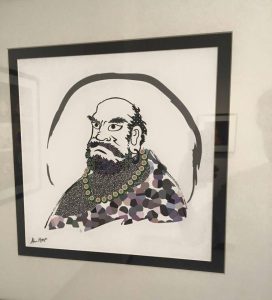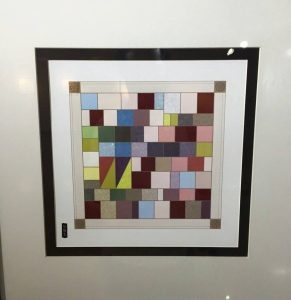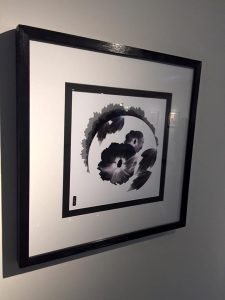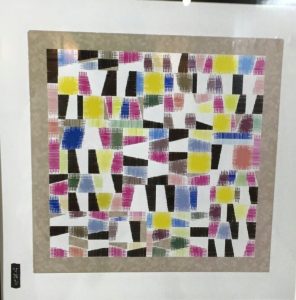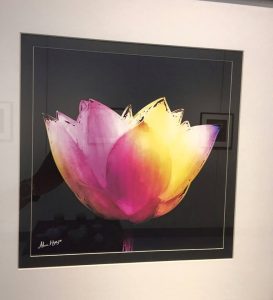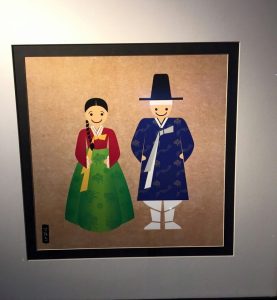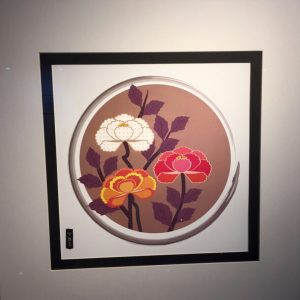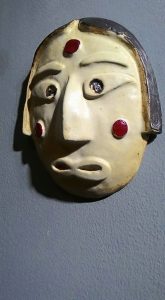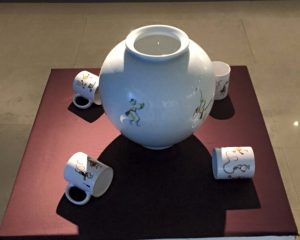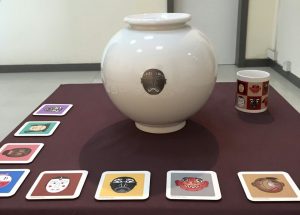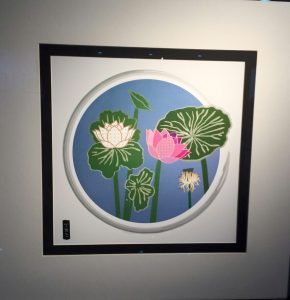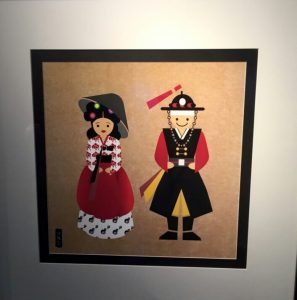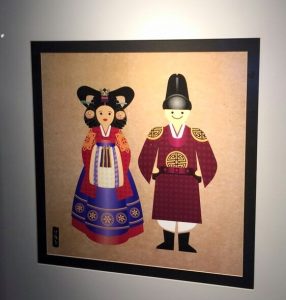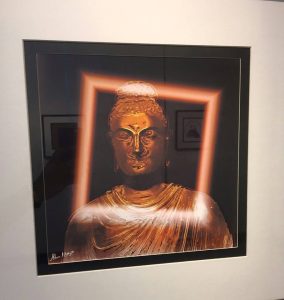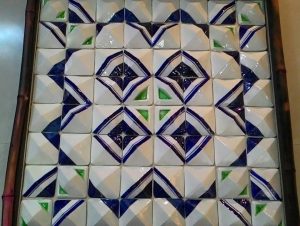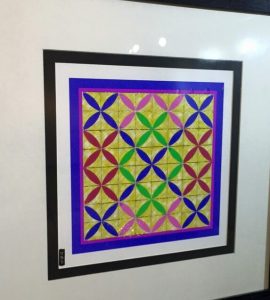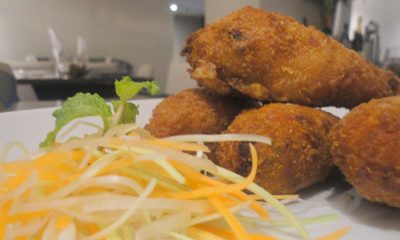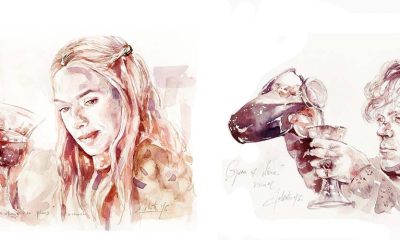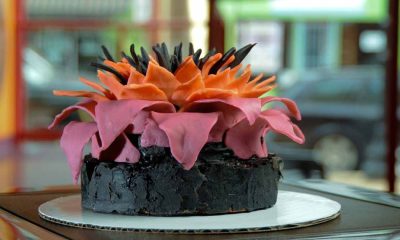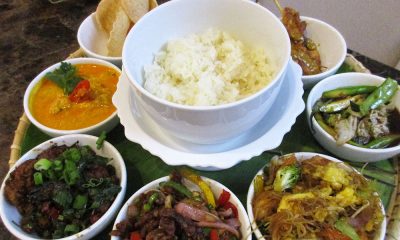Art
Secret Garden, 1st Solo Exhibition by Korean Artist AHN HYEJO
Secret Garden, the 1st solo Exhibition of Design Works by Korean artist AHNHYEJO, featuring at Korean Cultural Centre, (A-Lajpat Nagar IV), from May – June 5, 2015
The special motives of “Secret Garden” are Korean traditional mask ‘Tal’ reflecting Korean’s sorrows and Korean traditional percussion quartet “Samulnori”.
Visual designer Ahn Hyejo will show tangible(intangible) Korean traditional inheritance which are reinterpreted by the tool of ‘Design’. The art works regarding India national flower “Lotus” motives also are displayed and this is quite meaningful in the view of the relation between Koran and India.
Besides these, Ahn Hyejo is showcasing the various experiences extending the scope of design and impression with connecting ceramics. These art works are expressed as like implicating mysterious land behind “Secret Garden”.
Ahn Hyejo has focused on three main areas, namely: Korean Culture, Korean Nature and Korean Artcraft.
Korean Culture:
‘Tal(Mask)’ is reflecting Korean’s sorrows and resentment. Korean Mask Dance is a witty comedy to relax the mind of common hard working people. Sometimes dancers lampoon the high nobility. Sometimes they comfort lepers and poor people with Mask Dance. Nong-Ak(literally, farmers’ music or farmers’ band) is music and dance for cheering up the hard working farmers in the field. Farmers’ music band was most important job, and nowadays its an ‘Informant Intangible Cultural Property’ of Korea, and also of UNESCO.
Korean Nature:
There are a lot of beautiful landscapes in Korea. Harmonism is most important in Korean philosophy, so when we make a garden, the artificial and natural beauty are harmonized, revealing relax, comfortable and Koreans’ aesthetic emotions. Especially “Lotus” flower has important meaning for Korea, since Asians including Indians, and Koreans love and respect elegance, beauty, perfection, purity and grace of lotus flower.
Korean Artcraft:
Vivid color and natural patterns are used for Korean Artcraft. These matching skills are beautiful and also useful. For example, Korean quilt, jogagbo has beautiful colors and shape. When the country was poor, cloth was very expensive and the collected most debris of cloth after making the costumes. With precise needle work, they’ve made wide wrapping cloths, or even colorful costumes. Even nowadays, silk debris-sewed wrappings are made as an art work, and used instead of bag.


